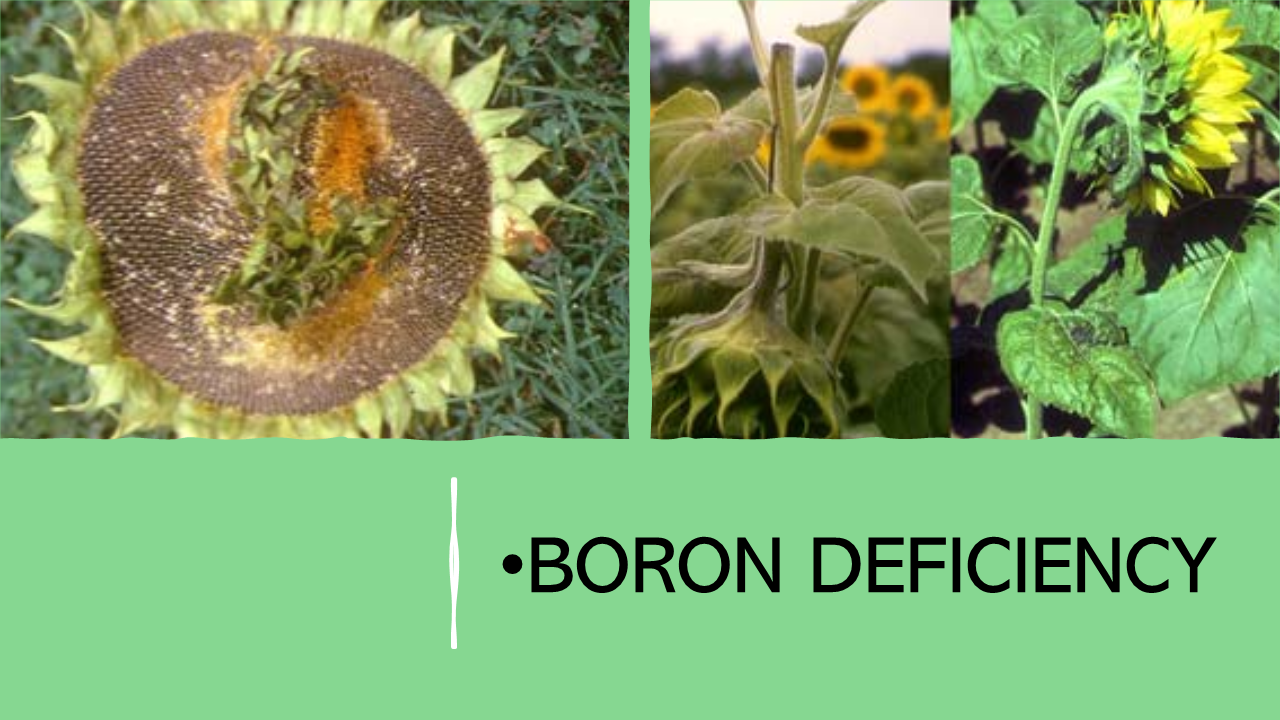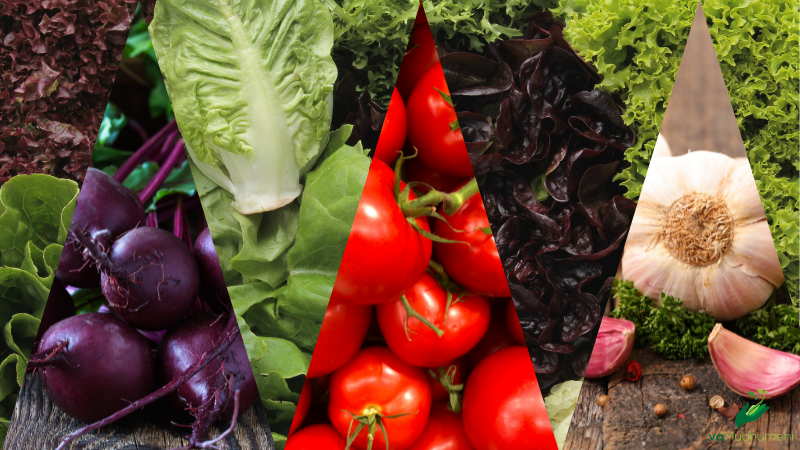Deficiency symptoms should never be the basis on which fertilization programs are developed.
The symptoms described above should be used in conjunction with leaf and soil analyses and should form part of the process that culminates in the formulation of a fertilization management plan.
The best policy is to prevent deficiencies by applying the necessary elements before or at the plant. As growing conditions are, however, not always ideal, the plant may experience deficiencies in certain elements. Deficiencies often occur during fast/active growth and during the reproduction phase of a plant. Applying the necessary element to the soil at the stage of deficiency will often not resolve the problem as it takes a relatively long time for the plant roots to take up the nutrients and relocating of the nutrients in the plant where it is needed may also take some time (up to a week or more). Therefore, the deficient element(s) are most often applied by foliar application, as the plant will react on the element within 24 to 48 hours after application.
Nitrogen
Nitrogen can be supplemented as soil applications and/or foliar sprays depending on the time of the year and severity of the deficiency.
When a hidden nitrogen deficiency is detected in a crop, it should be reported and rectified as part of the overall nitrogen application schedule. Nitrogen cannot be applied to the crop at any time of the year and all corrections should be made during the timeframe for nitrogen applications for the specific crop.
In tree crops, where serious deficiencies are identified, one must consider the potential adverse effects on the current and next crop before deciding on a nitrogen application. In vegetable crops and field crops, N will be applied as soon as the deficiency occurs, as one cannot wait as these are annual crops. Applying N too late will reduce the uptake of N as the leaves have started their natural senescence and the produce has started to mature. Before applying N as a foliar application, you should consult with your nutrient supplier if it will still have an economical beneficial effect on the crop or not.
Magnesium
Magnesium is supplemented by soil applications and/or foliar sprays depending on the time of the year and severity of the deficiency.
A magnesium deficiency in citrus can be corrected at any time of the year, as long as the correct carrier is used. Do not apply magnesium nitrate during August to 100% blossom or from March to June. Other sources of magnesium have fewer constrictions unless they contain plant-available nitrogen.
In annual crops, Mg sprays will only be applied if it is to the financial benefit of the crop. It will thus be restricted to high-value vegetable crops.
Copper
Copper is applied as a foliar spray. When applied to small citrus fruit, the sap from damaged cells react, causing a darker blemish. This accentuated blemish grows with the fruit and such fruit cannot be exported and are culled at picking. Copper products, especially copper suspensions, should therefore not be applied to small and green fruit.
In annual crops, Cu sprays will only be provided if it is to the financial benefit of the crop. It will thus be restricted to high-value vegetable crops.
Click here to view a video that explains copper for your crops.
Iron
Iron deficiency in citrus is best rectified by an application of an appropriate chelate to the soil, preferably during August. Iron chelates are expensive and an application is only economically justifiable when more than 20% of the canopy shows iron deficiency symptoms. Where drip irrigation systems are used, much fewer chelates is applied and the cost can be justified even as a maintenance application.
When the irrigation water or nutrient solution is not acidified, use a chelate that is stable in an alkaline environment. On alkaline soils, the preferred chelates are EDDHA (ethylene di-amine, di-hydroxy tetra acetic acid), which is applied at a rate of 30g per m2 at not more than 300g per tree.
In annual crops, Fe sprays will only be provided if it is to the financial benefit of the crop. It will thus be restricted to high-value vegetable crops.
Other Deficiencies
Where annually crops are grown, it may be late to rectify a deficit if it is identified towards the end of the growing season. Exceptions are where Ca deficiencies are detected in crops like tomato, peppers, lettuce etc. as well as B deficiencies in sunflower. If the plants are, however, still in the seedling stage, then applying applicable foliar or soil-based fertilizers might be of value.

